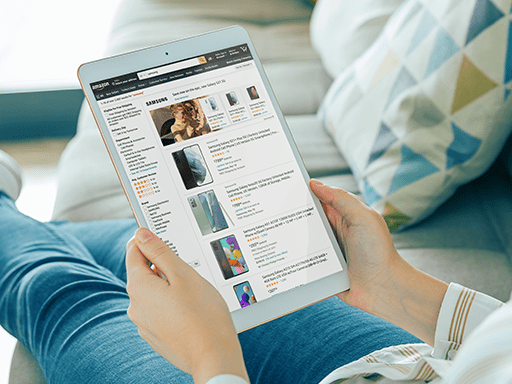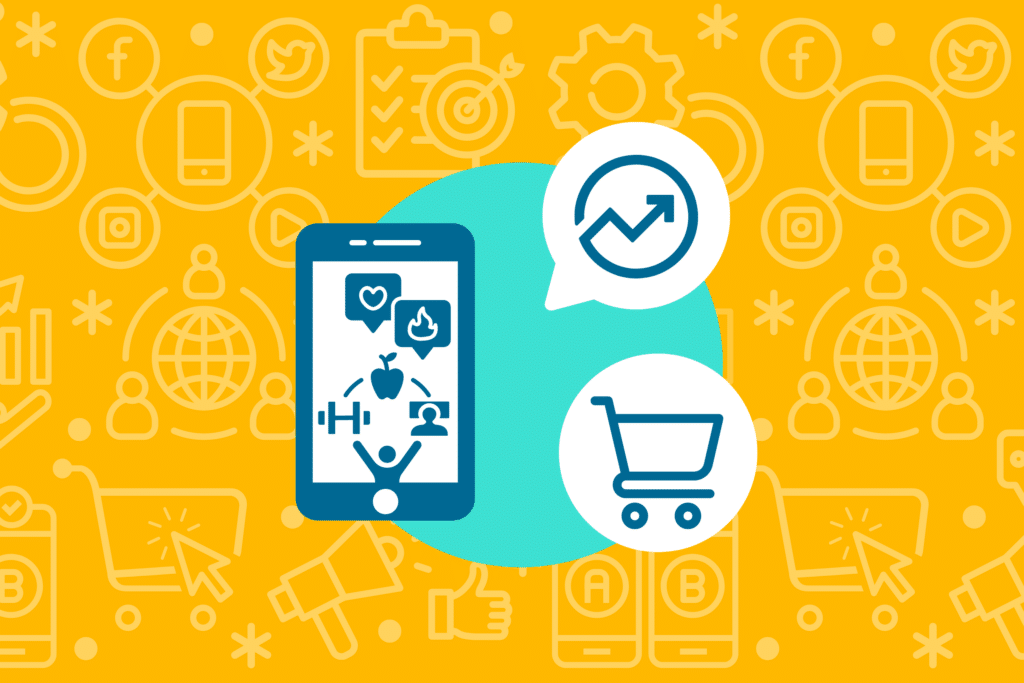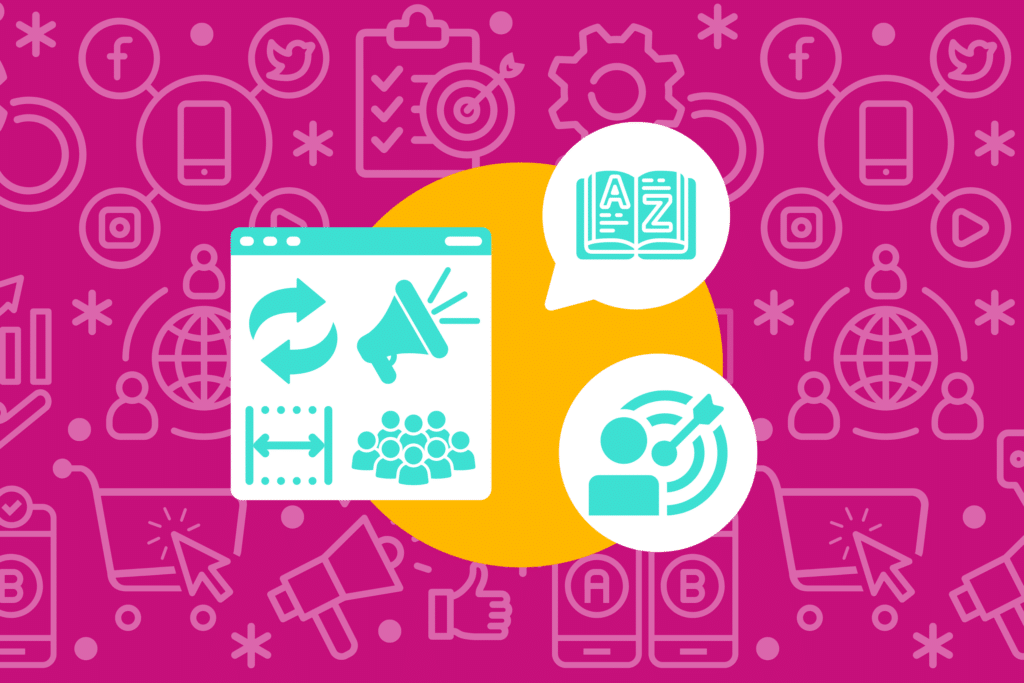“Which of these ads is actually working?”
“Why am I spending so much money on these campaigns? Is it worth it?”
“How am I supposed to know what’s influencing my sales?”
Frustrated? Amazon doesn’t give you a lot of options for attributing sales to your advertising. If you want to accurately track sales on Amazon, however, you’ll need to understand Amazon attribution windows and how credit for sales is assigned to ads. Before you throw your laptop out the window, here’s the scoop on attributing sales on Amazon.
Amazon will attribute sales to your campaigns differently depending on the type of campaign you are running. There are two types of Amazon Ads campaigns: Sponsored Brands campaigns, and Sponsored Products campaigns.
Want to get more advanced? Check out our whitepaper: Working Around Reporting Limitations with Amazon Attribution.

Sponsored Brand Campaigns (14-Day)
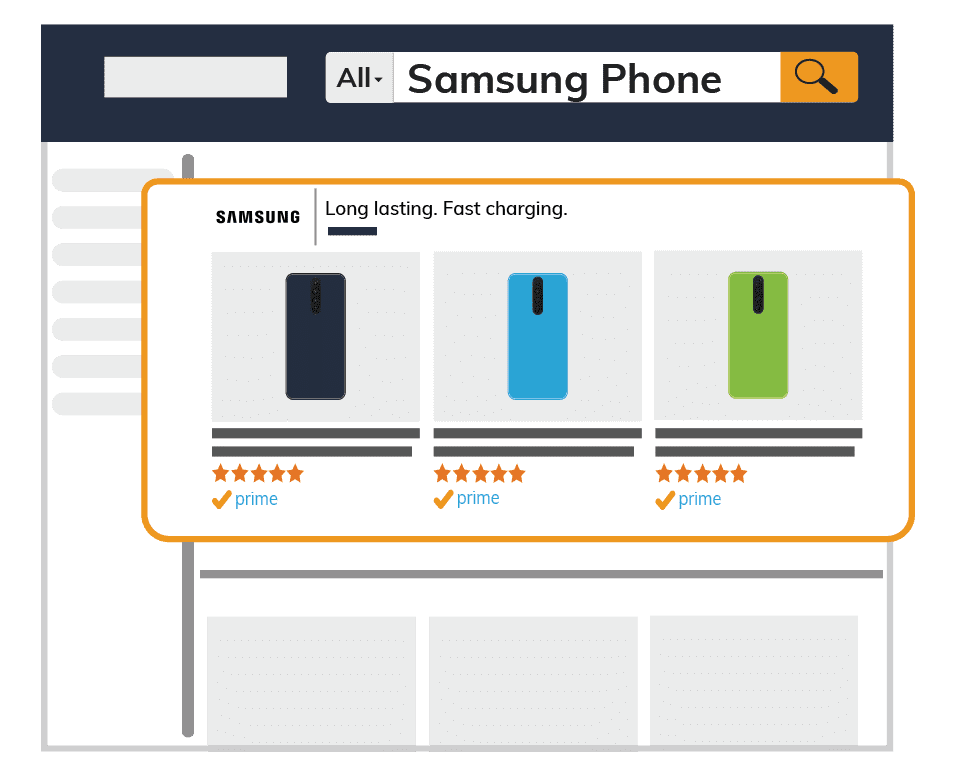
Sponsored Brand campaigns have a 14-day attribution window, and operate on a last-touch model. This means the last campaign the user interacts with gets credit for the sale.
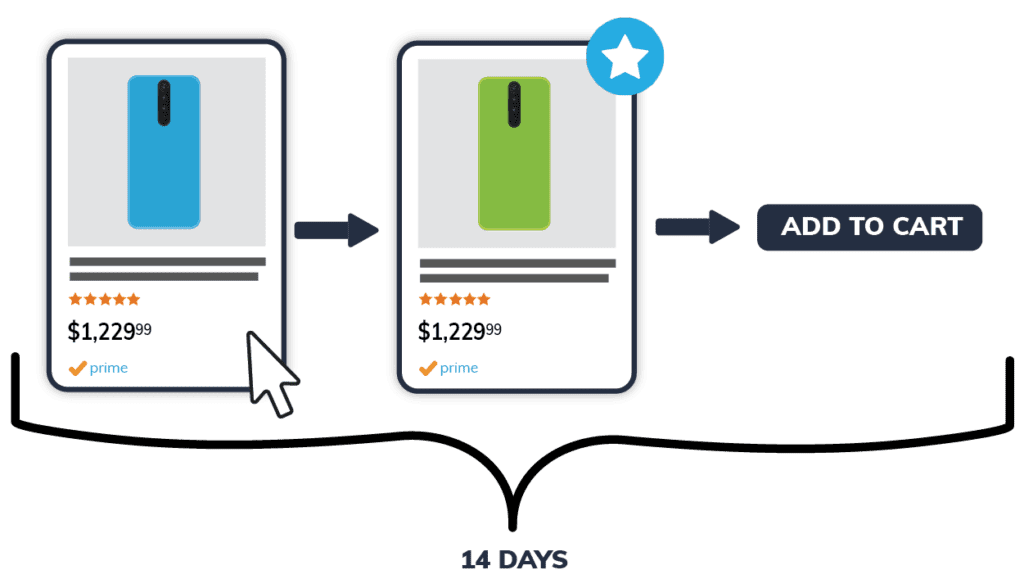
In general, if an Amazon user clicks on your ad and purchases your product within 14 days, the ad they clicked on receives credit for the sale. If the sale happens after that window, you will not be able to attribute credit for that sale. For smaller brands, it’s just that simple. For larger retailers, “Halo Sales” complicate everything.
Halo Sales for Brand Campaigns
What are “Halo Sales”? Halo Sales include purchases made by shoppers who click on your ad for one product, but buy a different product. For Branded Campaigns Halo Sales also includes sales of same brand products from other retailers. Let’s look at an example.
Let’s say that you are Samsung. First, a customer clicks on an ad for a Samsung Galaxy phone. For 14 days, Amazon will attribute the sale of any Samsung product, to your ad campaign. Presumably a lot of sales (too many), will be attributed to this original ad. To make matters worse, if your products are sold by third party sellers on Amazon, sales can escalate exponentially.
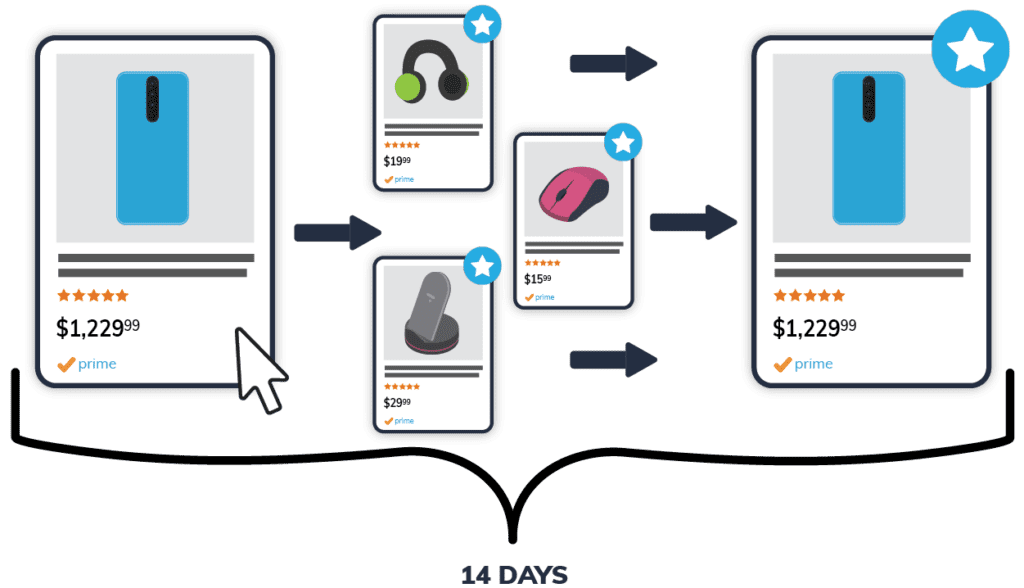
A shopper clicks on your ad for a Samsung Galaxy phone. During the 14-day attribution window, shoppers all across Amazon buy Samsung brand products (like headphones, computer accessories, etc.) from third-party retailers. All of these sales are attributed to your original ad.

Sponsored Product Campaigns (7-Day)
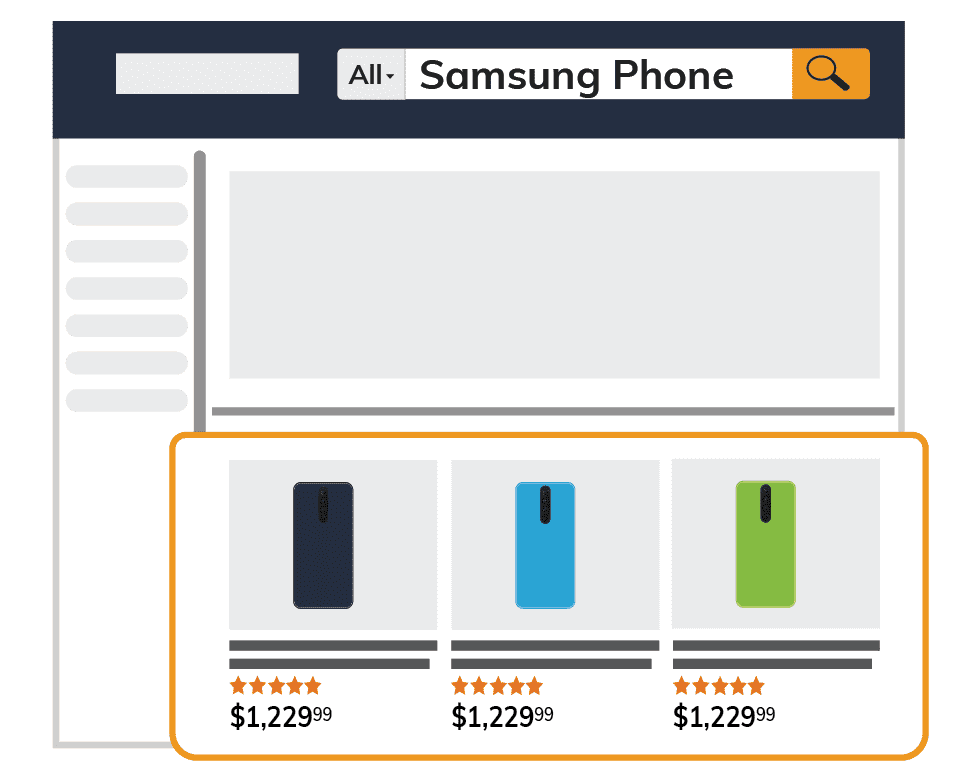
Sponsored Product ads appear in the top of the row search results.
Amazon Sponsored Product campaigns operate on a 7-day click-through window. If a customer clicks on your ad and returns seven days or less later to purchase, the purchase is attributed to that original ad. Keep in mind this is a last-click model – so only the last ad the user clicks will get credit for the sale.
While this sounds sweet and simple compared to Sponsored Brand Campaigns, seven days does not provide a lot of insight into the performance of your ads. Halo Sales also effect Sponsored Product Campaigns — but in a different way.
Halo Sales for Sponsored Product Campaigns
If a user clicks on your ad, and then buys another product you sell (that was not the product in the ad) — the sale will be counted as a Halo Sale. Unlike Brand Campaigns, however, third-party seller sales will not affect the Halo Sales.
For example, if you’re Samsung and someone clicks on an ad for a Samsung Galaxy phone, and then they buy a tablet from you — the sale is attributed to the Samsung Galaxy ad.
Third-party branded sales do not impact Sponsored Product campaign halo sales. If another retailer sells a Samsung fridge within seven days of the ad being clicked, it will not impact your Halo Sales. (In a Brand Campaign, third-party retailer sales are counted as Halo Sales).
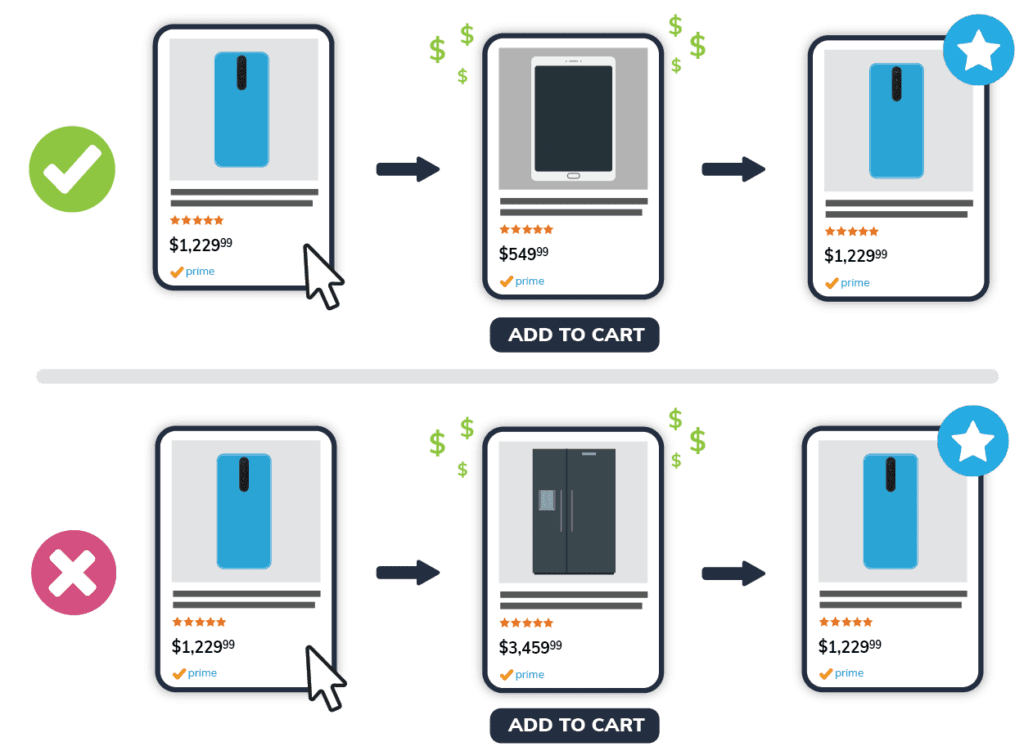

Alternatives to Amazon Attribution
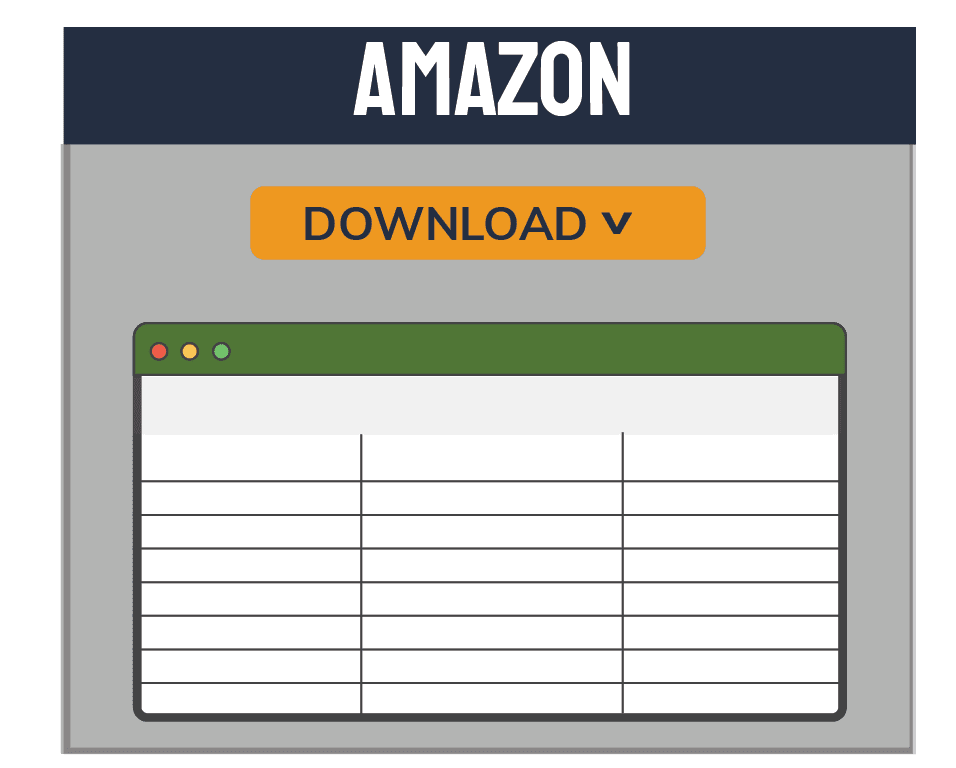
These are the only lookback windows available in the interface, but attribution windows between one and 90 days are available if you download a Campaign Performance Report.
How you should measure your sales depends on your industry and products. For many retailers, a 7- or 14-day lookback window is fine, since most customers choose to purchase a product or not within that window. In this case, you don’t really need to download the report on a regular basis (although it still may be useful for gap analyses and the like.)
Other retailers, though, should utilize this report frequently. Industries and products that have a longer sales cycle – jewelry, for instance – need a longer lookback window to accurately assess campaign performance.

What is “Amazon Attribution” (Beta)?
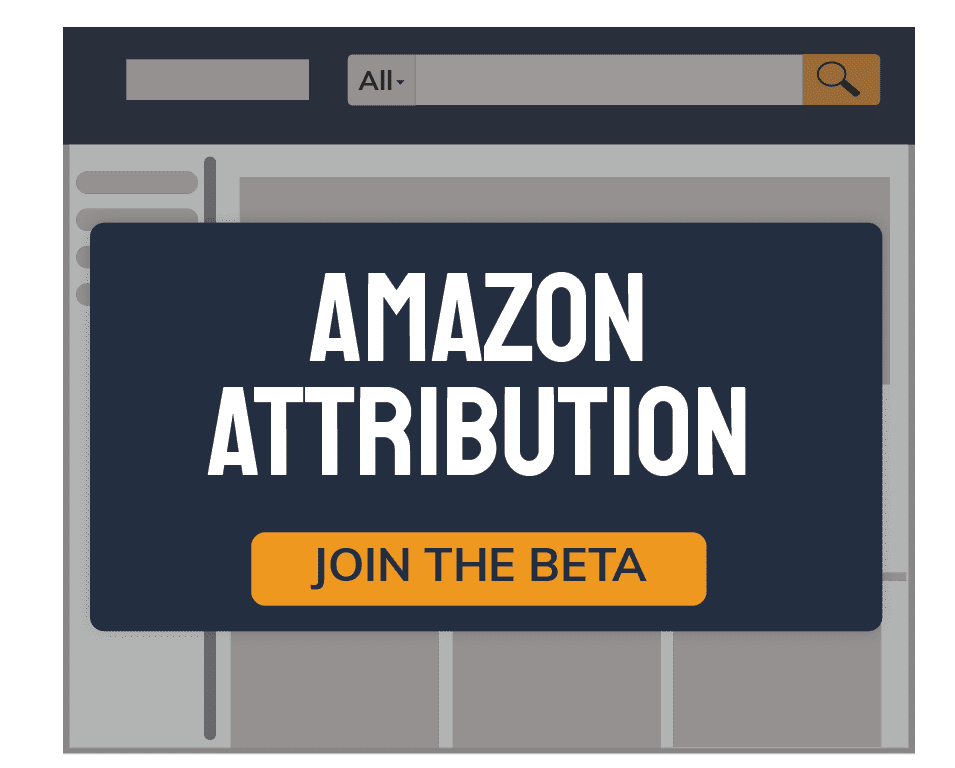
There’s one additional layer to the complexity of Amazon sales attribution. Amazon recently released a new tool called “Amazon Attribution.” It’s currently in beta and only available to some retailers, but this tool lets you track how your external digital marketing efforts are driving sales on Amazon. For example, how are your email campaigns or social media posts affecting your sales on Amazon?
Want to learn more? Here’s Amazon’s page for the beta.

That’s it for Amazon attribution. If you want a review on attributing sales across platforms, check out our Attribution Infographic.
If you’re ready to get more in-depth and optimize attribution across platforms, become an expert with the In-Depth Guide to Attribution Models.

